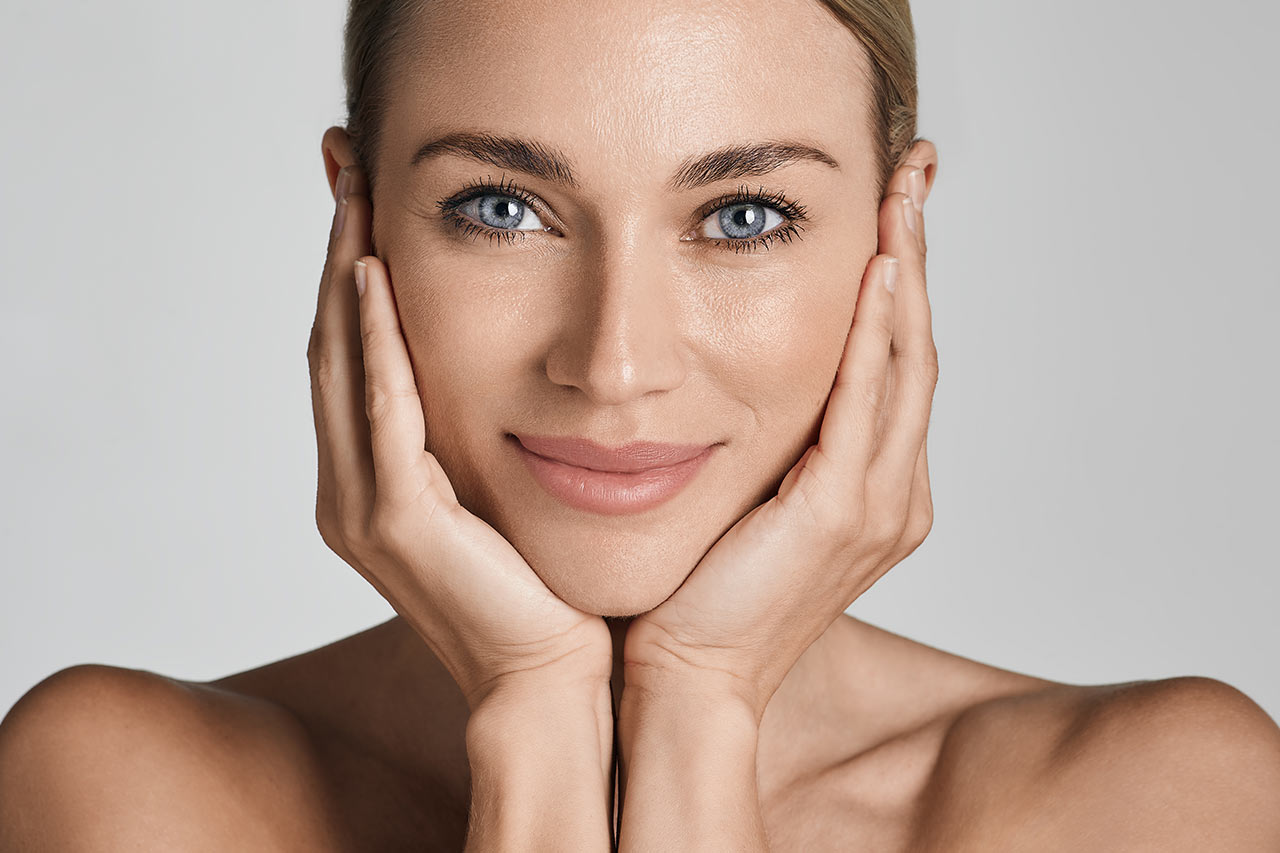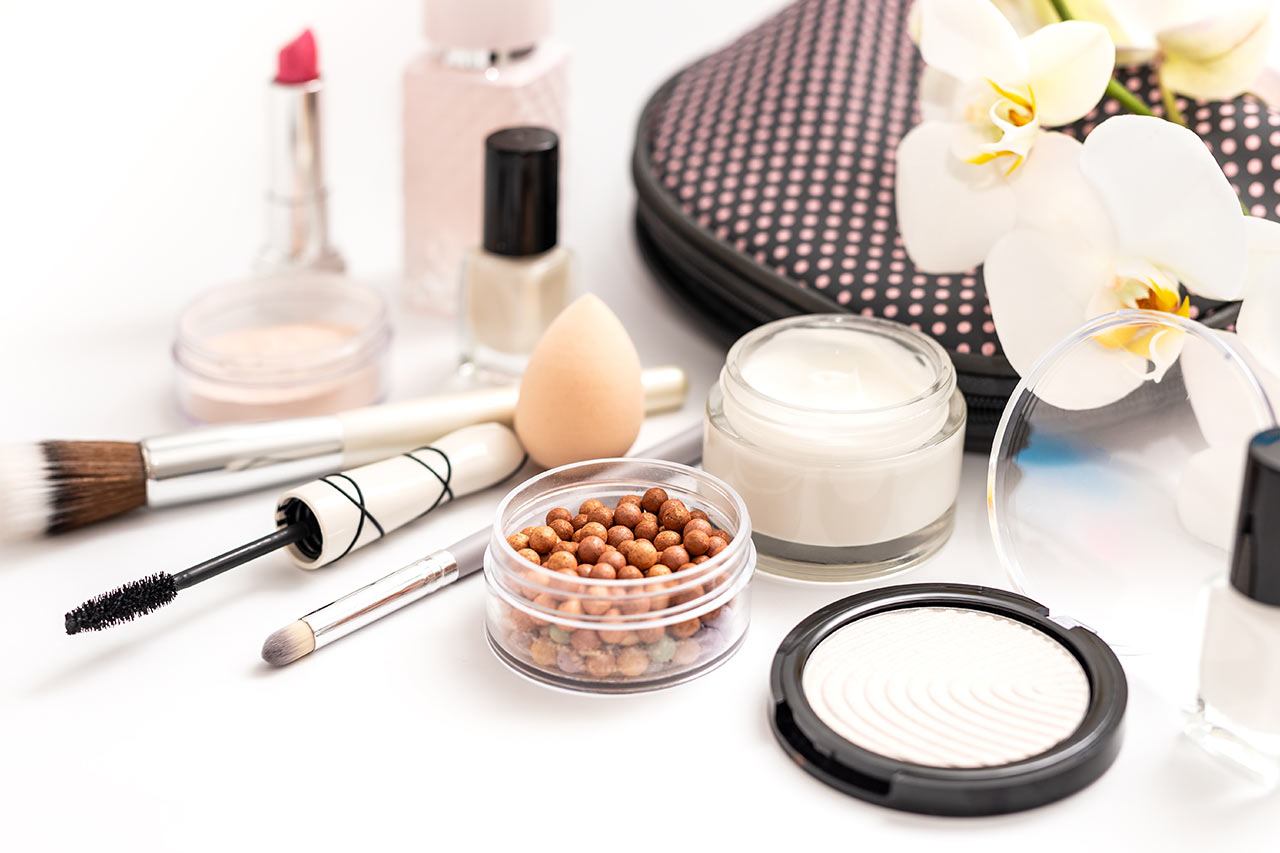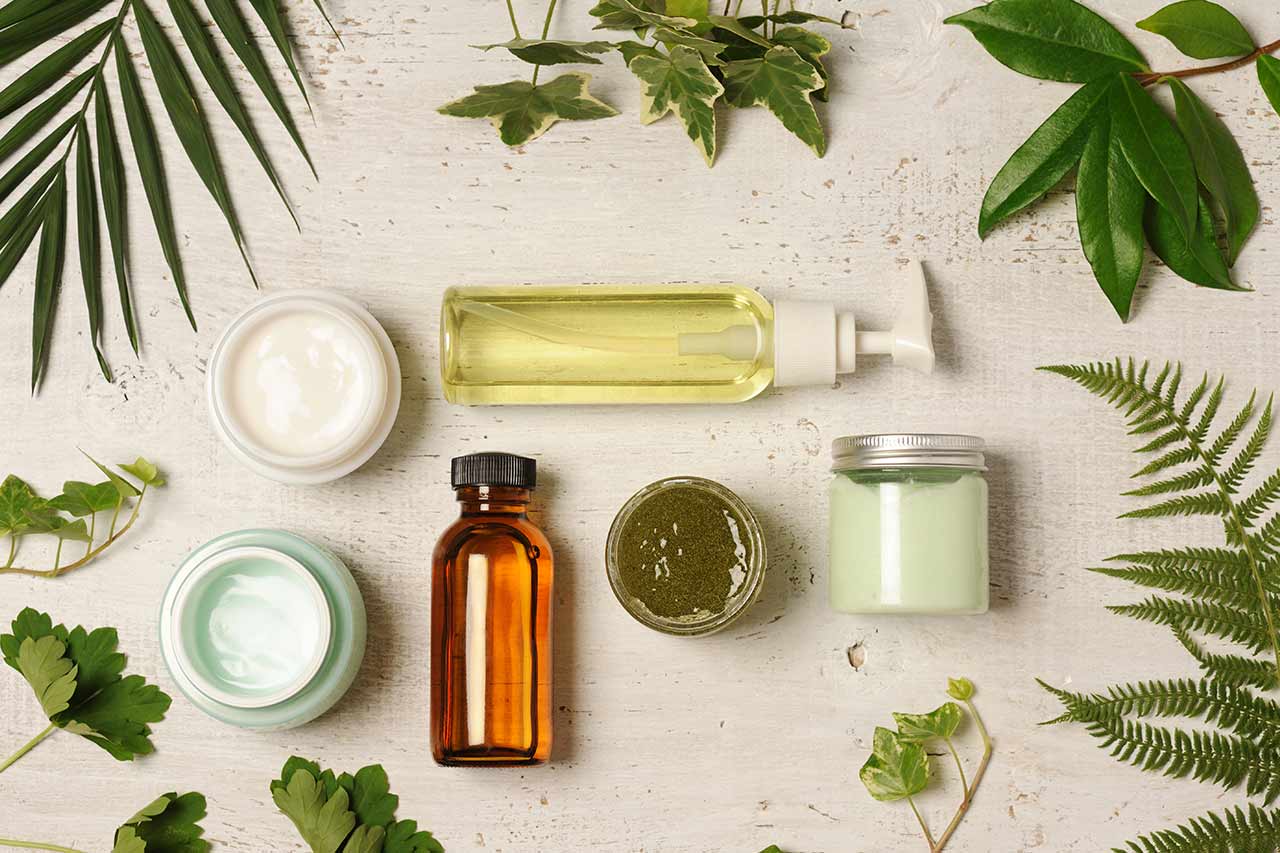Initiative 1: Successful “Clean Beauty” applications launched by digital start-ups
These applications were created by developers or application creators in start-ups, who understood that transparency in cosmetic products was a market to be seized. For example:
- Yuka has been evaluating food and then cosmetic products since June 2018. This application states that it is surrounded by nutrition and health experts whose evaluation is based on scientific data from organizations such as the ANSM, ANSES, CSSC or IARC. Yuka scores from 0 to 100 each product according to its composition and origin.
- Clean Beauty was launched in 2017 by Officinea, a scientific team led by a Doctor of Pharmacy and Cosmetology. With a purely educational aim, this application deciphers the INCI list of ingredients and offers a glossary of the main substances used in the formulation of cosmetics.
Initiative 2: A collaborative “Clean Beauty” application proposed by an association to inform consumers as a third party
In March 2018, the Federal Union of Consumers “Que Choisir” launched the QuelCosmetic application, which relies on interactivity with consumers. Consumers can send a photo of a product not listed, which will be evaluated and integrated in the following days. The classification of ingredients as undesirable is based on studies from recognized and independent organizations.
QuelCosmetic displays information through pictograms and color coding – green for safe products and red for risky products. In addition, the results are segmented into several age categories: adults, children/adolescents, babies and pregnant women.
Initiative 3: Web platforms with branded content
Some manufacturers offer to make information about their products available themselves via their own tools:
- L’Oréal has launched its “At the heart of our products” information platform. It associates each ingredient in L’Oréal products with details, such as origin, uses, links to related studies and, if necessary, the reasons why the ingredient in question is controversial.
- Guerlain has implemented a QR code for each of its products giving fluid access to the brand’s website to share related information.
Initiative 4: “Clean” products offered by specialist shops
Distributors are going for clean beauty with a range of products while advocating transparency:
- Botimyst has opened a Click & Collect shop in Paris with 800 references selected on the basis of an ingredients charter pre-established by a scientific committee. This charter is highlighted on its sales site.
- Sources from Carrefour, in partnership with Clean Beauty, offers nearly 3400 references excluding 75 controversial ingredients. Their own label, “Les Yeux Fermés”, highlights their selection criteria.
Whether to inform, educate or reassure consumers, clean beauty responds to a growing demand for product transparency. However, differences in evaluation methods or the possible unreliability of the data feeding the numerous initiatives can lead to results that vary from one initiative to another or are potentially imprecise. In the current absence of a standard or monitoring of these initiatives by accredited bodies, a critical eye from consumers is therefore required so that they can form their own opinion based on the proposed results.
Interested in this topic? Discover our achievements in opportunity evaluation and market study consulting in cosmetics!
About the author
Sonia, Senior Consultant in Alcimed’s Cosmetics & Luxury team in France
ANSM: National Agency for the Safety of Medicines and Health Products
ANSES: National Agency for Food, Environmental and Occupational Health Safety
CSSC: Scientific Committee on Consumer Safety
CIRC: International Agency for Research on Cancer



